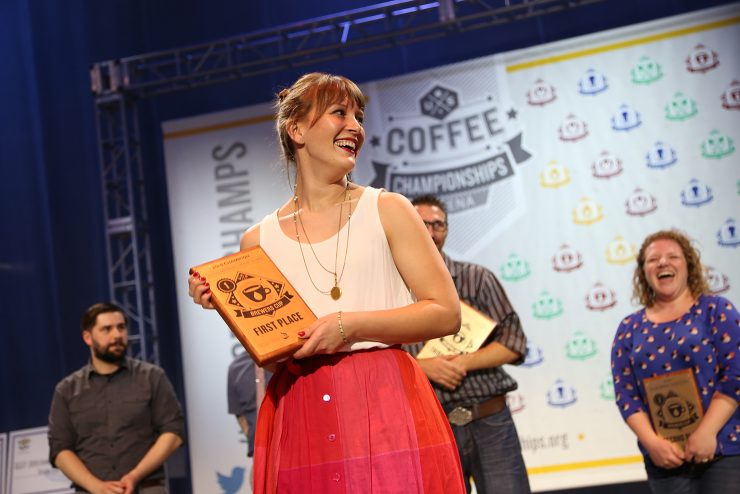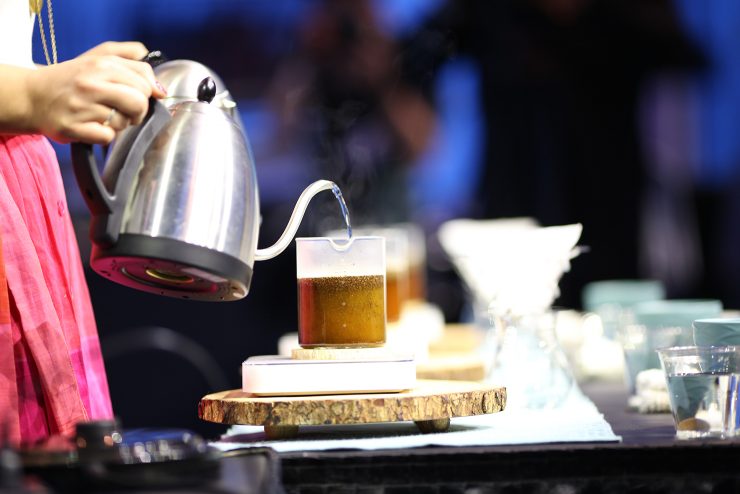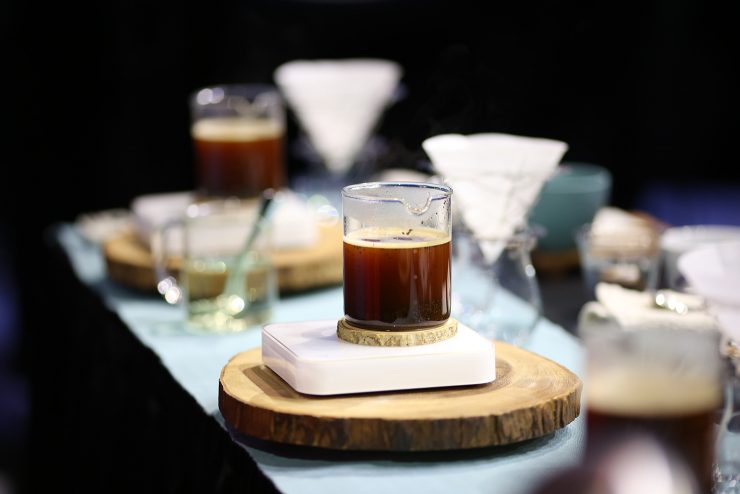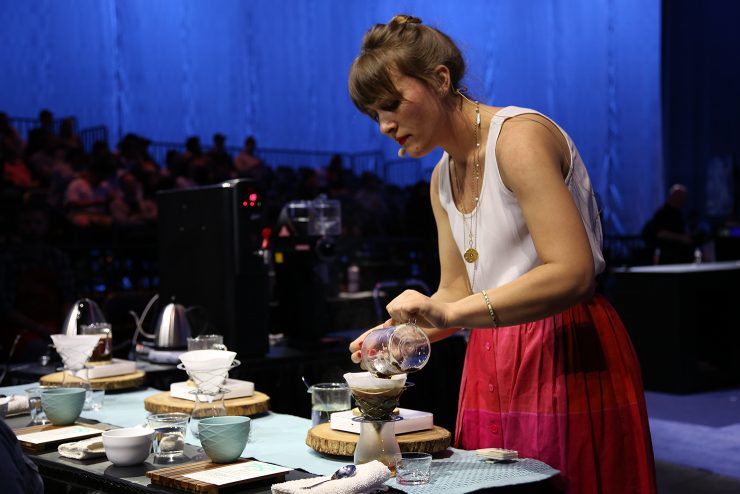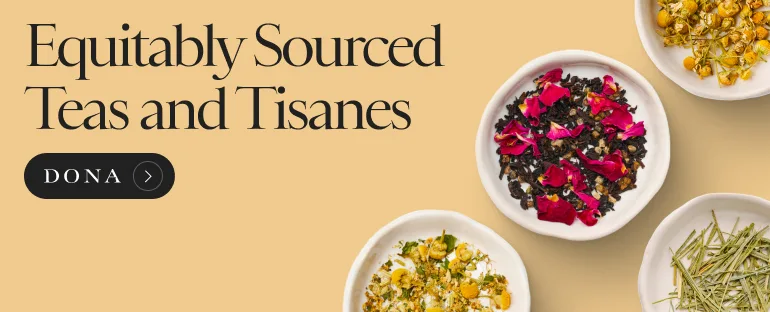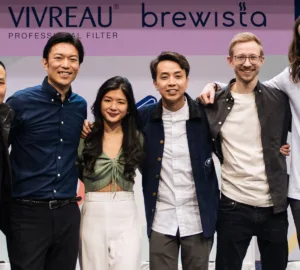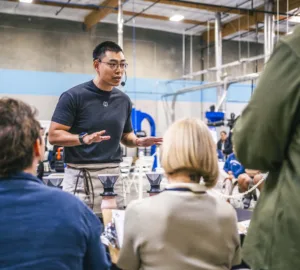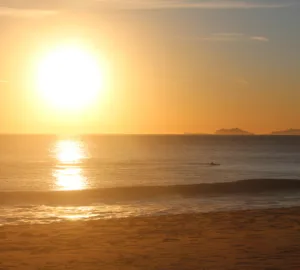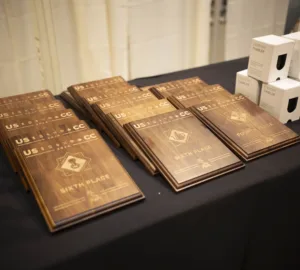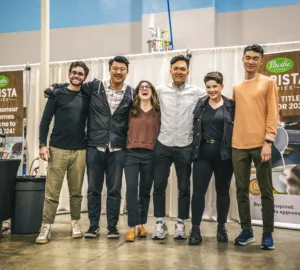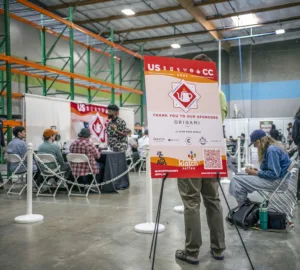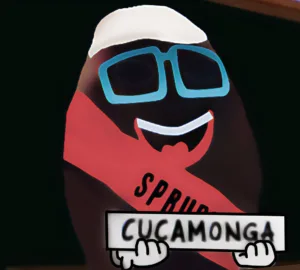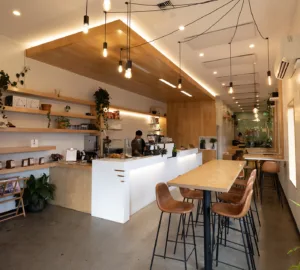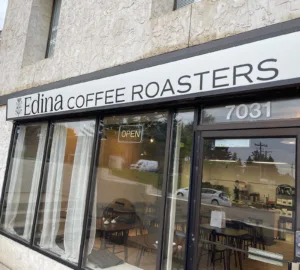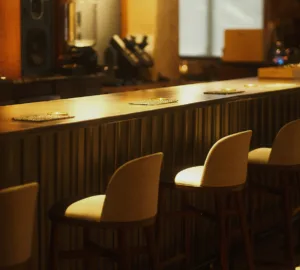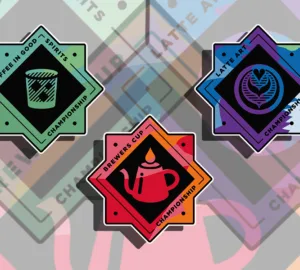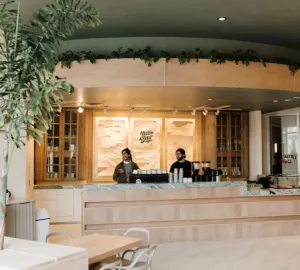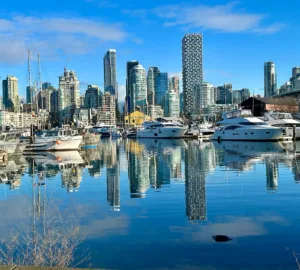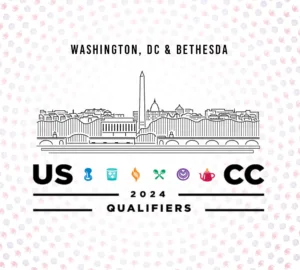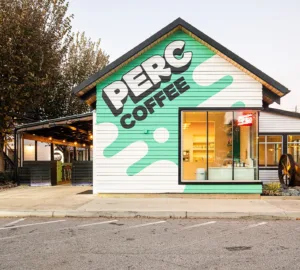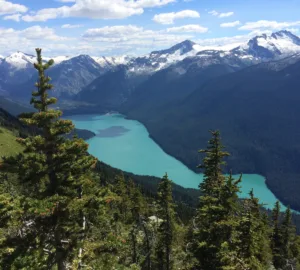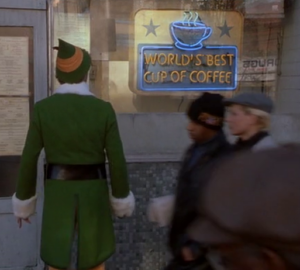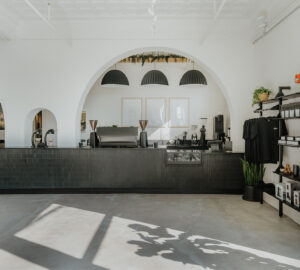All the way back in February 2015, a series of national coffee competitions took place in Long Beach, California, hosted by the Specialty Coffee Association of America. This included the US Barista Championship, won by Los Angeles, California’s Charles Babinski; he’d move on to finish second at the World Barista Championship. But that’s just part of the story—several other events took place that weekend in Long Beach, including the US Brewers Cup Championship, won by Sarah Anderson of Intelligentsia Coffee & Tea.
The Brewers Cup Championship “highlights the craft of filter coffee brewing by hand, promoting manual coffee brewing and service excellence,” as per the official Brewers Cup Championship website. It’s part of a portfolio of competitions owned and operated by World Coffee Events that includes world championships for coffee roasting, latte art, coffee cocktails and coffee cupping. This year all these events, including the World Brewers Cup Championship, will be settled in Gothenburg, Sweden, as part of the Speciality Coffee Association of Europe‘s annual World of Coffee event.
Sprudge.com will be covering the Brewers Cup Championship (and several other coffee championships) live from Sweden beginning Tuesday, June 16th, with coverage sponsored by Urnex Brands and Square. In the run-up to these events, let’s learn more about US Brewers Cup Champ Sarah Anderson of Intelligentsia.
Sarah Anderson, congratulations on winning the 2015 US Brewers Cup Championship! Tell us, champ, how did you win?
Practice, a delicious coffee, a nearly infallible brew method, and lovely friends and coworkers who supported me through the whole process. This win would have been much more difficult if it weren’t for my colleagues at Intelligentsia who were more than happy to lend their time, opinions, and palates. I also couldn’t have achieved this win if it weren’t for my boyfriend, who was so emotionally supportive and even cooked me dinner when I had long days of practice and made sure that I ate during the regional and US competitions. I am also very, very thankful to my letterpress teacher, who helped me crank out some beautiful letter pressed cards for tasting notes. I think the cards took some pressure of writing down descriptors off of the judges and let them relax and focus on my presentation.
Competitors at the Brewers Cup select their own coffees for the competition. What coffee did you choose to brew with?
I have to give so much credit to the producers of this coffee. Coffee is the star of the Brewers Cup competition and I wanted to do justice to the elegant complexity of the Takesi Geisha. It was grown in Bolivia at Finca Takesi by Marianna Iturralde and her father Carlos. This coffee was grown at a crazy altitude. 1960 MASL! And the farm itself sits 1800-2500 MASL. That altitude and the lack of sunlight (4-5 hours per day) extends the growth cycle of the coffee cherry, allowing it to mature slowly. It also puts the coffee plant under stress, making it go into survival mode and causing the plant to produce more cherries than the same trees at lower elevations. The plant is also pumping more nutrients into these cherries because the plant is trying to make seeds that have the best chance of survival at this high elevation. Those extra nutrients and sugars combined with the extended contact time of cherry and seed makes the finished coffee super sweet and juicy.
I had the help of Geoff Watts in picking out my coffee. He’s my go-to guy for any coffee questions. I had been hearing about the Takesi Geisha for a while before I talked to Geoff about it. There was a sample cupping where Geoff had scored it in the mid to high 90s and everyone was buzzing about it. I hadn’t tasted the coffee before we decided to use it for competition. That was a little scary, especially knowing I only had five pounds to work with, but, when Geoff Watts says a coffee is awesome, you use it for competition.
Takesi Geisha was a pleasure to work with. Even the bad brews were still drinkable and complex. I began to feel like such a snob when calling certain recipes or extractions “gross.” As I sieved my coffee for competition, I had a bunch of ground coffee left over and decided to cold brew it and share it with my shop. It was the most intensely floral iced coffee I’ve ever had. I certainly plan on doing that again after the competition in Gothenburg.
What brewing device did you use? Walk us through your brewing process.
I modeled my brew method after a cupping. The judges for the competition are all cuppers and the score sheet is similar to a cupping scoresheet so it felt natural to use a similar process.
I used a straight-walled teapot with a handle to brew in. It kind of looks like an all-glass French press, but smaller and without the plunger. I put in my coffee and added hot water, gave it a stir, and let it sit for five minutes. After that, I used a spoon to help transfer the slurry through a paper filter to clean up the mouthfeel. I used the Bairro Alto AltoAir to filter the brew with a standard v60 filter. I let the slurry drip for 2.5 minutes, removed the filter, and it was ready to serve. I used some tulip-shaped whiskey glasses to present the fabulous jasmine and orange blossom aroma.
How hot was your water?
I used two variable-temperature kettles and had them set at 207 so that the water was around 200 degrees when hitting the coffee bed.
What did you pour the coffee into once it was done brewing?
I used these great tulip-shaped whiskey glasses that were great at presenting the floral aromatics of the coffee. I then decanted the coffee into cups that were wider and easier for the judges to cup out of.
What are you drinking…right now?
A beer and a tea! I’m drinking the Espresso Oak Aged Yeti from Great Divide Brewing Company in Denver, Co. I’m also drinking a cold-brewed tea. It’s Kilogram Tea‘s Winter Shan Lin Xi, a high-mountain oolong that is wonderfully floral and crisp as a cold tea. It’s the perfect contrast to have alongside a beer with such a heavy profile.
Are you going to try anything different for the World Brewers Cup in Sweden?
I used sieves to sort my found coffee into specific particle sizes and, for this round, I’ve upgraded from 3 inch to the 8 inch diameter. This will help me sift more efficiently and allow me to spend more time brewing and dialing in. I’m also playing with a couple of new techniques to filter my brew, but nothing final yet.
Sarah Anderson competes at the World Brewers Cup in Gothenburg, Sweden on June 16-18th. Follow along at SprudgeLive.











